PRE-RUT HUNTING STRATEGIES
Owen Brick
10/19/20255 min read
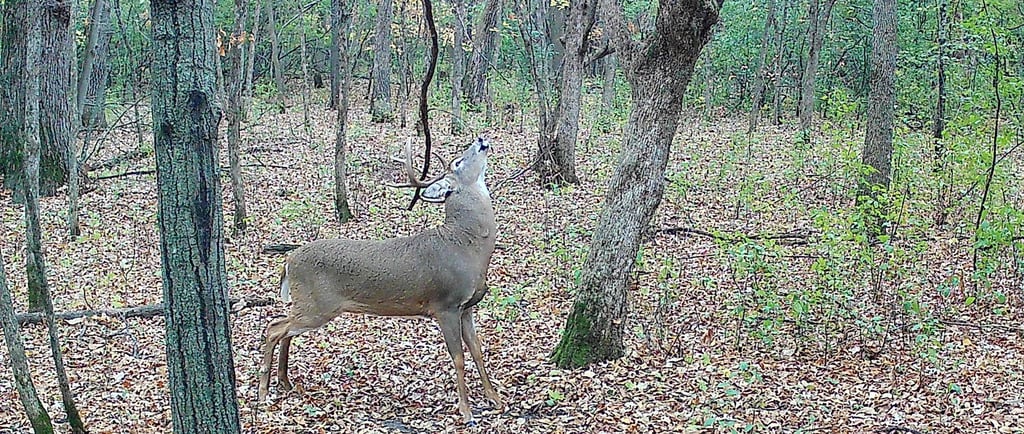

One of the best times of the season to target mature bucks is during the pre-rut. Scrapes start to light up, territories are established, and bucks begin their search for the first receptive does. With shifting movement patterns and new priorities compared to the early season, it’s critical to adapt your strategy. In this article, we’ll break down what defines the pre-rut, when it occurs, and how to capitalize on this short but action-packed window.
What is the Pre-Rut?
The pre-rut marks the period leading up to the rut when bucks are ready - or getting ready - to breed, but does haven’t yet entered estrus. Mature bucks begin exhibiting noticeably more daylight activity, especially in the mornings, as they put on miles searching for the first hot doe. During this time, territorial behaviors intensify, and scrapes light up exponentially.
When
The pre-rut brings a distinct shift in deer movement. Early-season feeding patterns fade, and bucks settle into their fall core areas. Bucks may spar and make scrapes throughout October, but the true sign that the pre-rut is underway is an uptick in morning daylight cruising by mature bucks.
Temperature plays a big role here. Bucks need cool weather to comfortably travel long distances. When a cold front drops the temp 10° or more, expect activity to spike.
For most of the upper Midwest, the pre-rut typically kicks off around October 20–24, while areas in the central U.S. (southern Iowa, Missouri, Kentucky, Kansas, West Virginia, and southern Ohio) tend to see it closer to November 1–5. Further south, rut timing becomes more variable, without a distinct pre-rut window.
It’s also important to clear up the common misconception that the rut timing changes year to year. Breeding occurs at the same time every single year, regardless of moon phase or weather. Ignore the “rut maps” and “rut watches.” Instead, trust your local history - your area’s rut happens at the same time every fall.
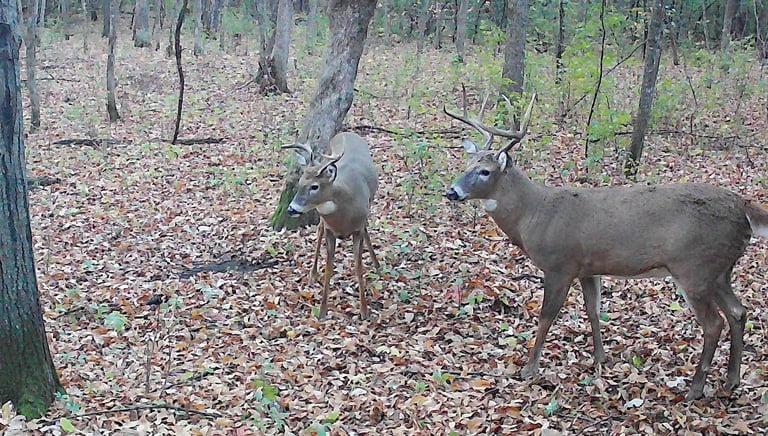

Where to Hunt
Morning hunts near bedding areas are most effective during the pre-rut. Bucks begin checking bedding areas for early does, making it an ideal setup to catch them cruising. Focus on areas near your target buck’s core bedding area, especially on the backside of it, doe bedding areas, or between two bedding areas.
If you’re seeing bucks right at daybreak, you may be too close to the food source. Ideally, you want to catch them a bit later in the morning as they transition back to bed - this suggests you’re in a prime position.
Avoid walking through food sources or staging areas on your way in - that’s where deer are before sunrise. Instead, take an access route away from these areas and wait for the deer to come back to you on their way back to bed.
Using pre-hung sets for morning hunts is key. The stillness of a cold October morning amplifies any unnatural noise, and hanging a stand on the fly can ruin your hunt before it begins.
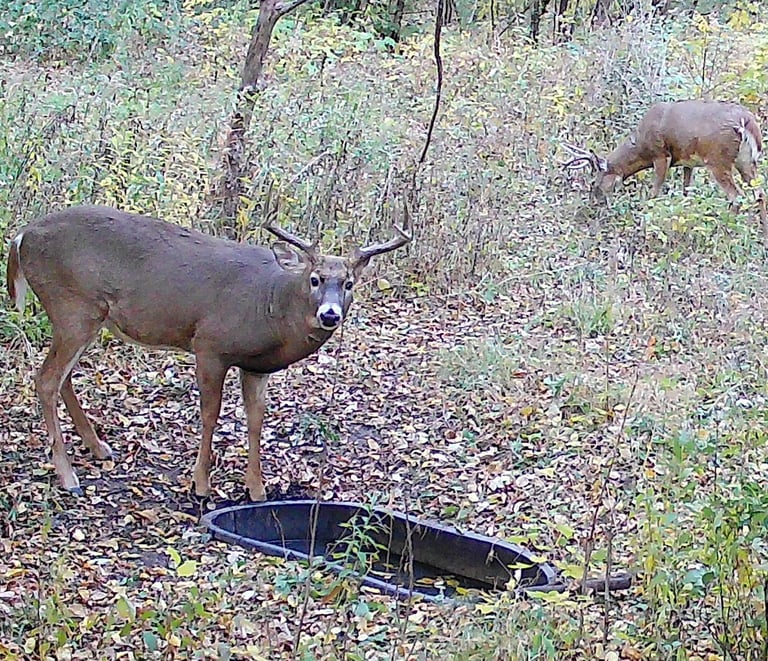

Waterholes and Scrapes
Two high-value features during the pre-rut are waterholes and scrapes. Bucks covering ground need water, and a small, secluded waterhole near bedding gives them a low-risk stop to quench their thirst. Flowing creeks or ditches run cold, and deer prefer a quiet, less shocking water source nearby. This is especially the case if rainfall is scarce in October, leaving fewer puddles and accumulation in low areas throughout the timber.
Mock scrapes are also key during this period. Communication ramps up as bucks establish dominance and does begin leaving their estrus scent. A well-placed mock scrape can become a social hub and an effective sweetener to hunt over.
For a deeper dive into waterholes and mock scrape strategy, check out the related articles on our site.
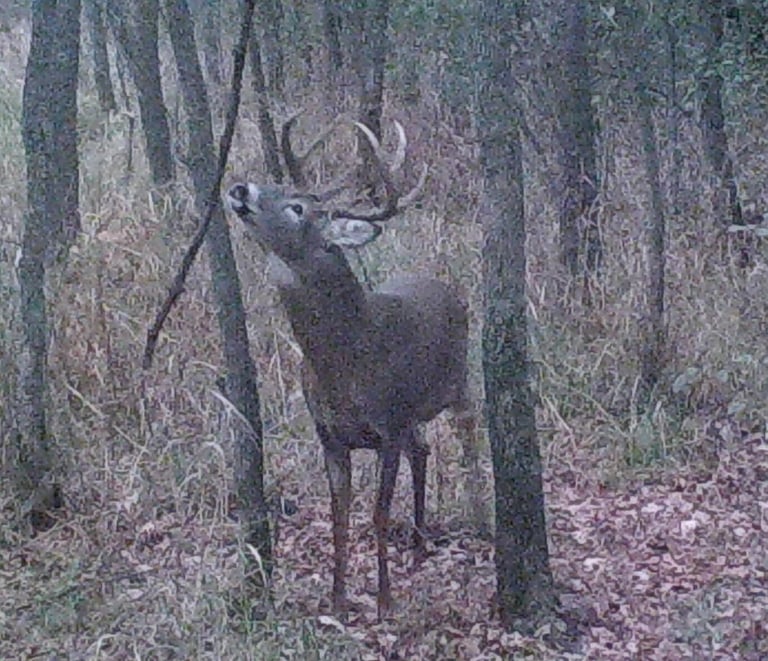

Evening Hunts
The priority is no longer on evening hunts, as it was in the early season, since the majority of movement shifts to the morning during the pre-rut. However, that doesn’t mean evening sits are not worthwhile, just more situational. When hunting evenings, focus on high-quality green food sources and waterholes on the way. Research from deer biologist John Ozoga confirms that daylight movement is far more consistent in the mornings during this phase, so ensure your priorities are straight.
Core vs. Non-Core Bucks
Understanding whether your target buck is a core or non-core buck will shape your approach during the pre-rut and weeks to come.
Core bucks are those whose core area is located on your property, and the pre-rut is the best window to harvest them. There movement patterns are highly predictable during this period, so now is the time to make a move.
Non-core bucks live elsewhere but may cruise through your land inconsistently during the peak rut, thus shifting your focus towards the rut lockdown and peak rut may be best.
Also, the older a buck gets, the easier he is to pattern. They become very weary, very experienced, and very reactive to hunting pressure. With that in mind, it is best to hunt him strategically and chip away slowly. One mistake can be the determining factor in harvesting him or not.
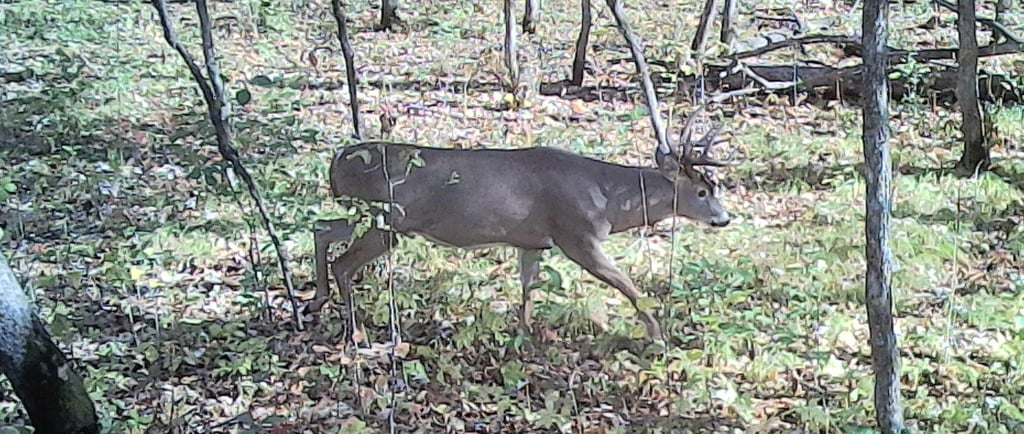



Calling
Calling can be effective during the late pre-rut, especially as bucks grow more aggressive. Light rattling sequences paired with soft grunts can draw in an aggressive dominant buck. Keep it realistic and subtle because overcalling does more harm than good, especially with mature deer. A full breakdown of calling strategy will come in a future article.
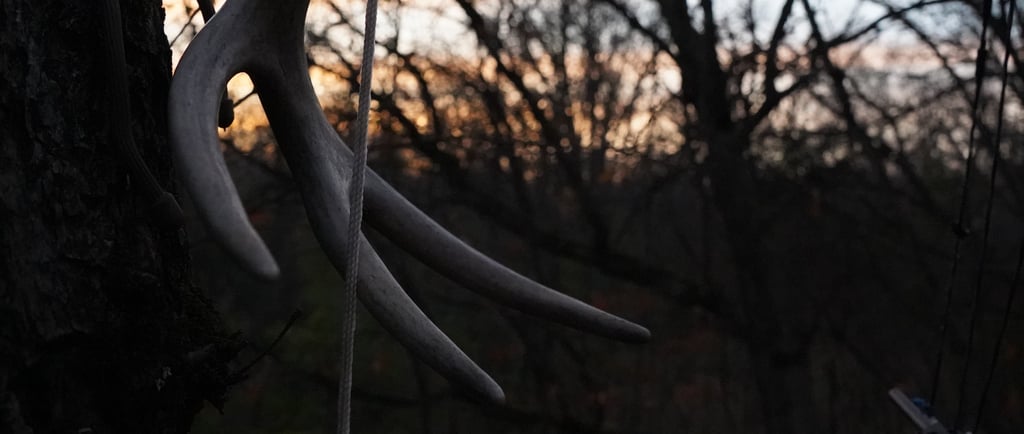


Weather
Cold fronts are the heartbeat of the pre-rut. Look for temperature drops of 10°F or more, particularly when followed by calm conditions after several windy or rainy days. These fronts consistently put whitetails on their feet and can be the ticket to harvest your target buck this season.
Common Failures
Two of the biggest mistakes hunters make during the pre-rut are believing in the moon myth and sitting all day too early.
The moon phase will not impact rutting activity or when does come into estrus. It only affects morning feeding times. If deer were able to feed all night, safe and social under a bright moon, they will likely delay their first morning bedding feeding to later in the day. That's all, don’t be tricked by this misconception.
All-day sits also aren’t ideal during the pre-rut. Midday movement is limited, and your morning bedding setup has little value in the evening. Focus on having two separate setups: one for morning bedding movement and one related to an evening food source. Save your all-day sits for the rut lockdown and peak rut because a buck can come off a doe at any time.
Conclusion
The pre-rut is an exciting and memorable time of the year, and you can maximize your efforts by following the proven strategies listed in this article. Bucks are active, predictable, and running on instinct, but success comes down to precision. By hunting strategically, managing pressure, and focusing on the right conditions, you can turn late October into the most rewarding stretch of your season for this fall and for years to come.
Copyright© 2025 WHITETAIL SYSTEMS AND SERVICES, LLC
